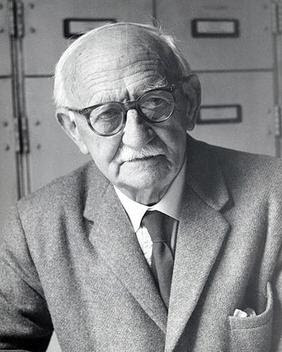Genetic code | Definition, Characteristics, Table, & Facts
Genetics code is the set of rules used by living cells to translate information encoded within genetic material( DNA or mRNA sequences) into proteins.
The first elucidation of a codon was done by a Nirenberg and Heinrich J.Matthaei in 1961 at the national institute of health.
Peter Leder and Nirenberg were able to determine the sequences of 54 out of 64 codons in their experiments.
Sub sequent work by Har Gobind khorana identified the rest of the genetic code. Shortly thereafter, Robert W Holley determined the structure of t RNA or transfer RNA.
In 1968, Khorana ,Holley and Nirenberg received the nobel prize in physiology for their work.
PROPERTIES OF GENETIC CODES
The genetic code have some properties which are as follow.
1) The code is triplet
DNA and RNA are made up of four types of base A,G,C,T or U and protein are made up of 20 types of amino acids which are coded by DNA. If athe base code for single amino acids then oyly four amino acids are coded. So the single codon are unable to coded 20 amino acids. Two base 4×4=16 made only 16 codon. So the doublet codon are unable to coded 20 amino acids. Three base codon 4×4×4=64 codon. So the triplet codon are able to coded 20 amino acids.
This theory is given by "Gamow" in 1954.
2) The code is degenerate
If the relation between code and amino acids is 1:1. Then a particular code is coded a particular amino acids. And out of 64 codon only 20 are used and they are known as non degenerate.
3) The code is non overlapping
4) The code is commaless
5) The code is non ambiguous
6) The code is Universal
7) The code has polarity
8) Codons and anticodons
9) Chain initiation Codons
AUG,GUG
10) Chain termination codons
Out of 64 codons 3 codon are not specific for any amino acids. These codons are known as Non sense codons.
UAA,UAG,UGA
UAG Firstly discovered by "Bernstein"















